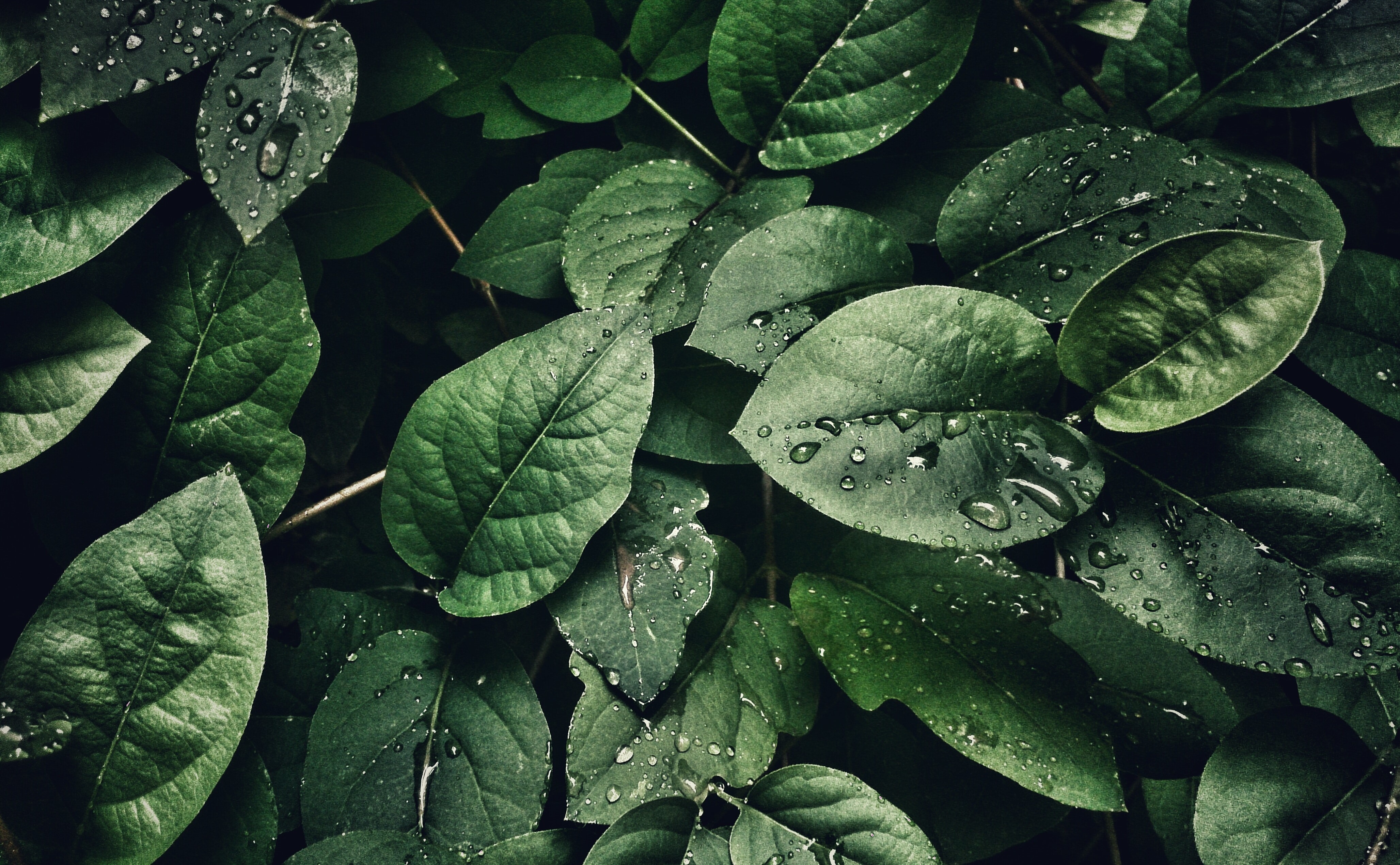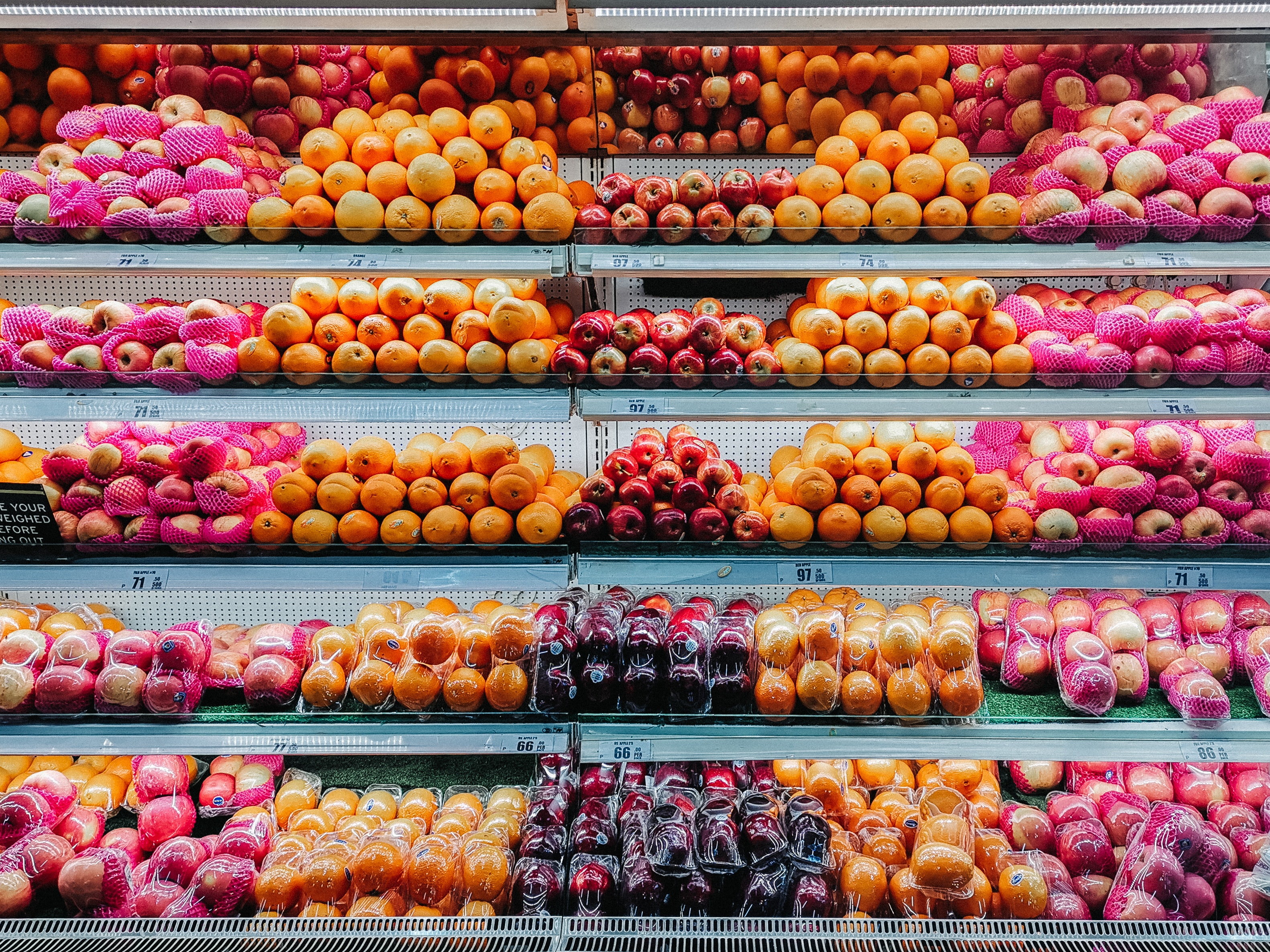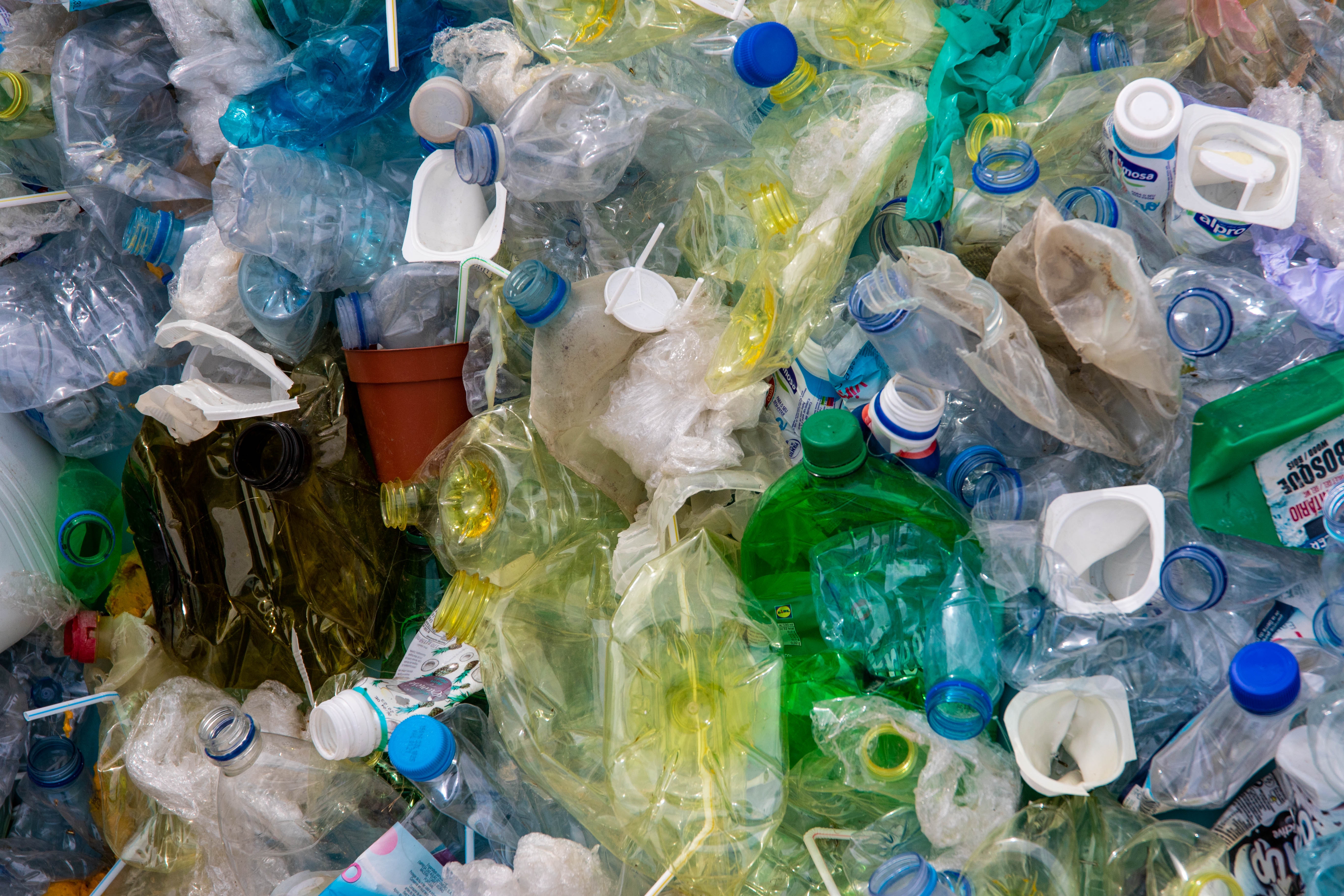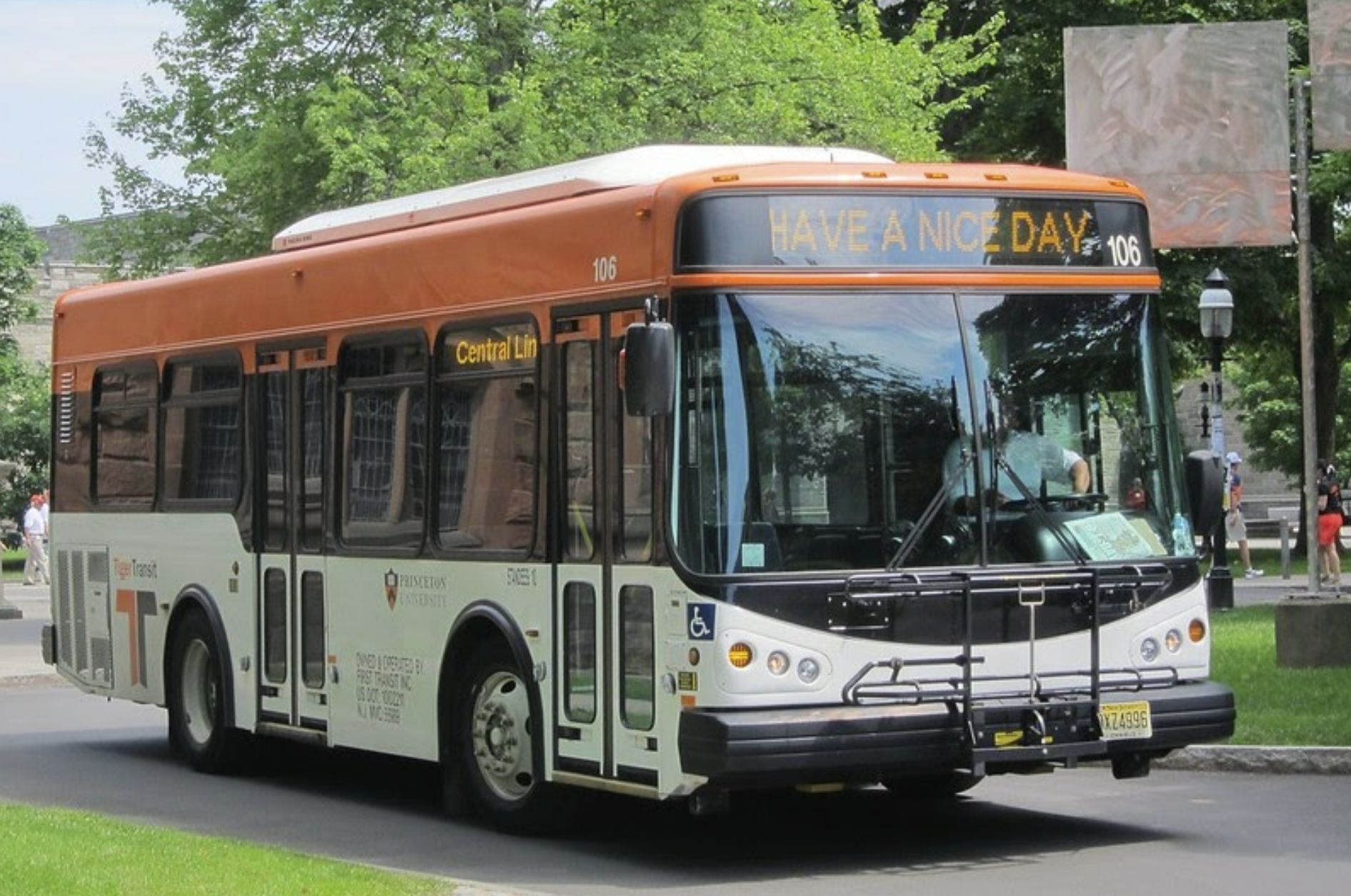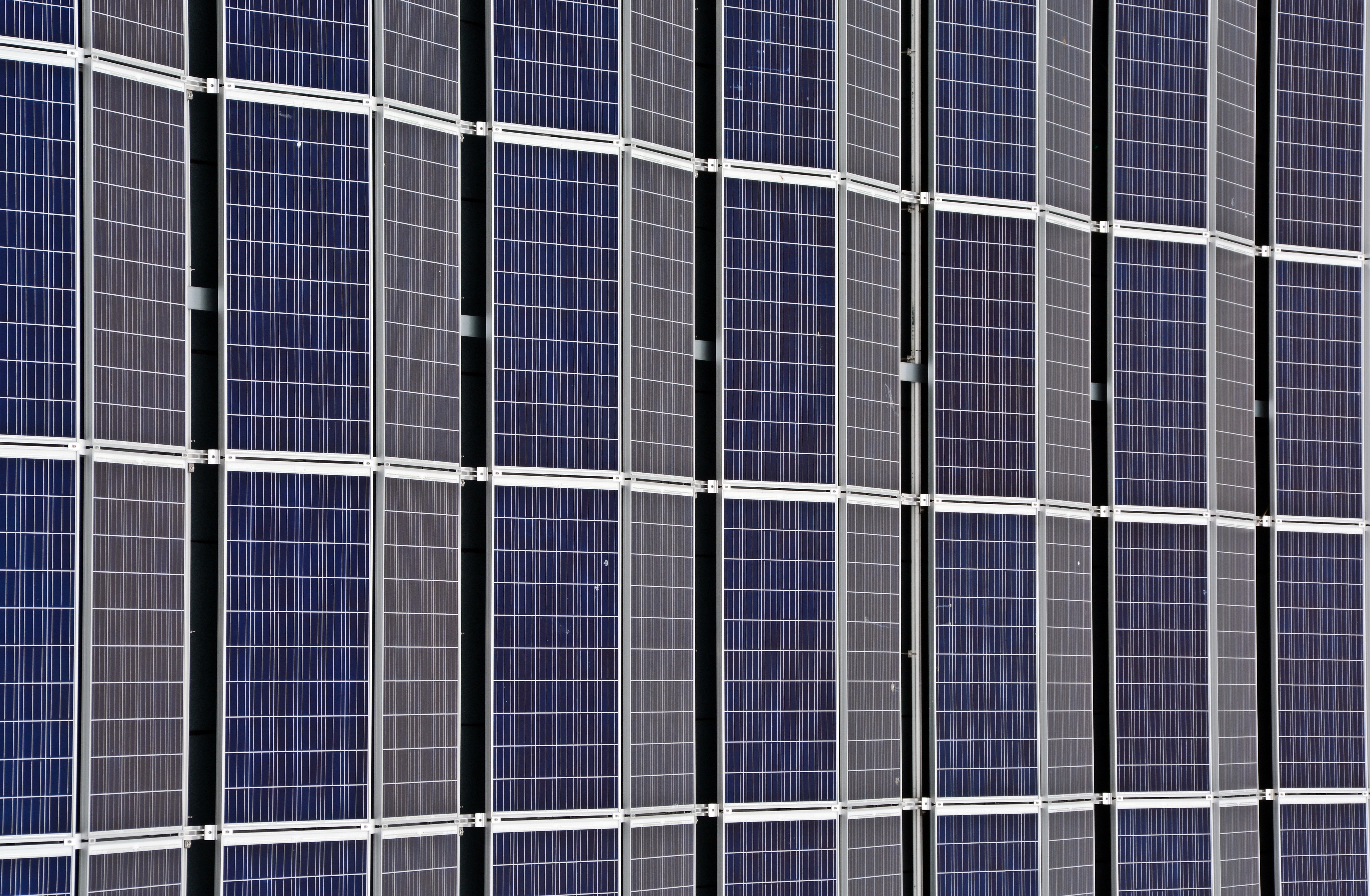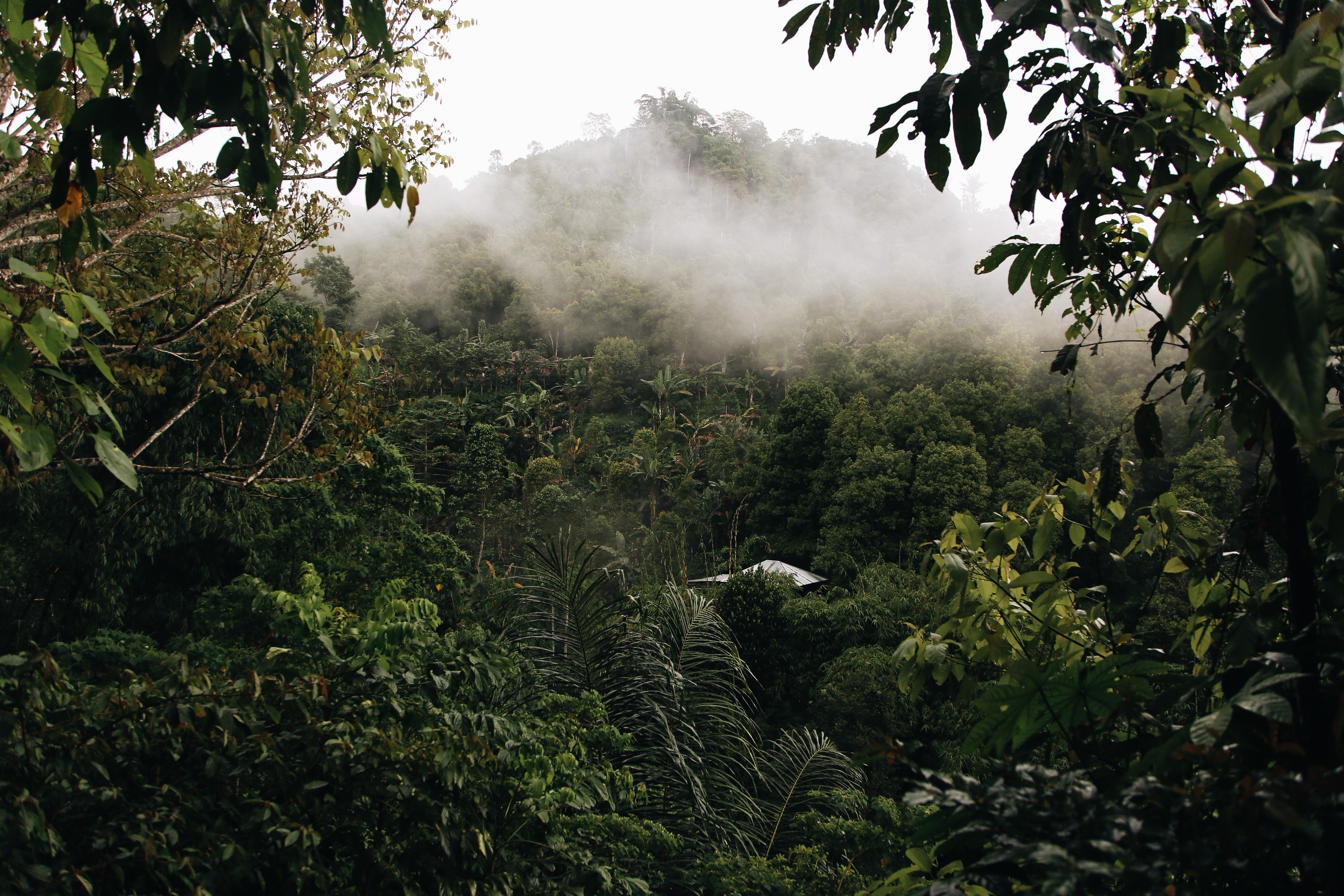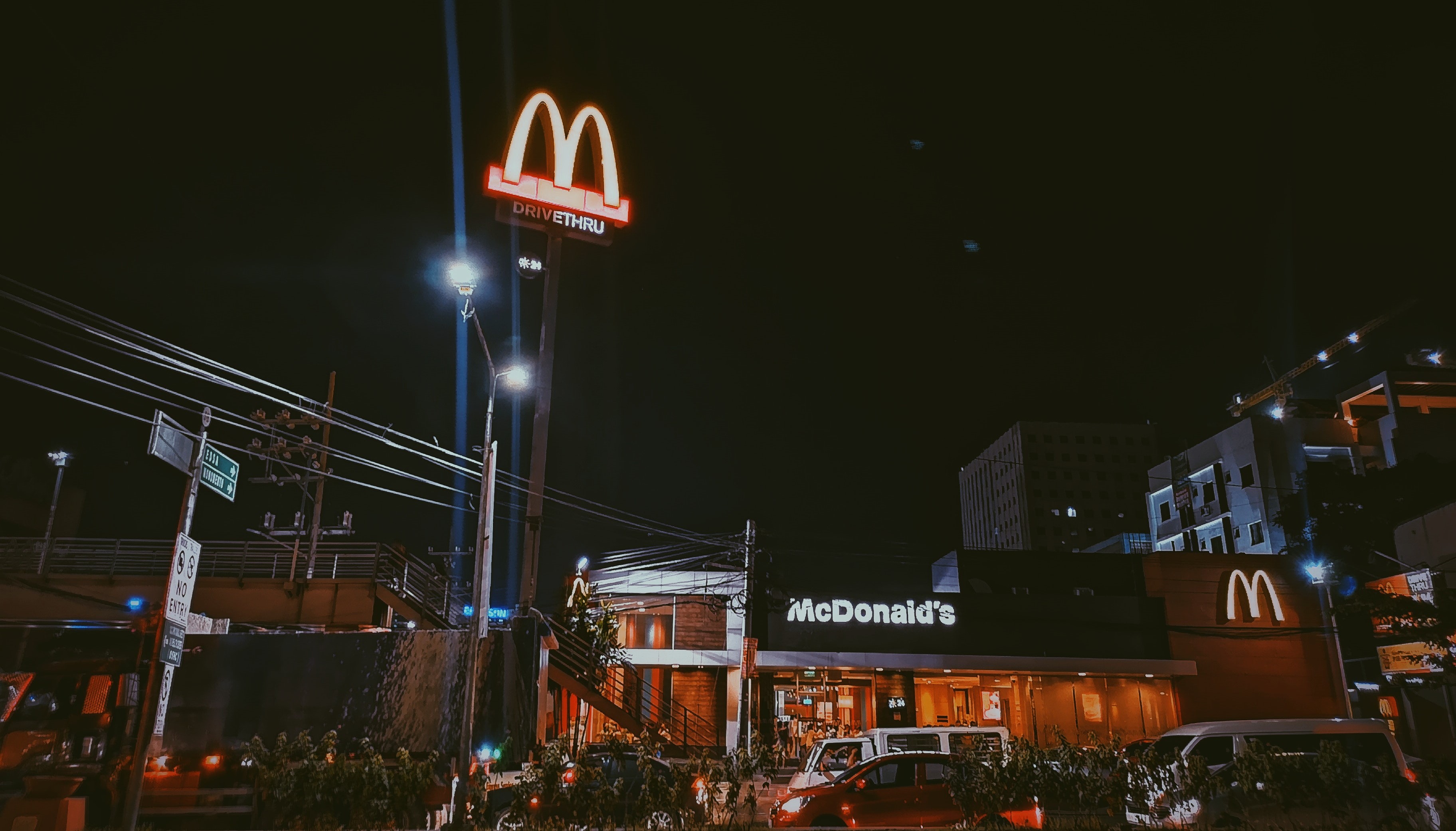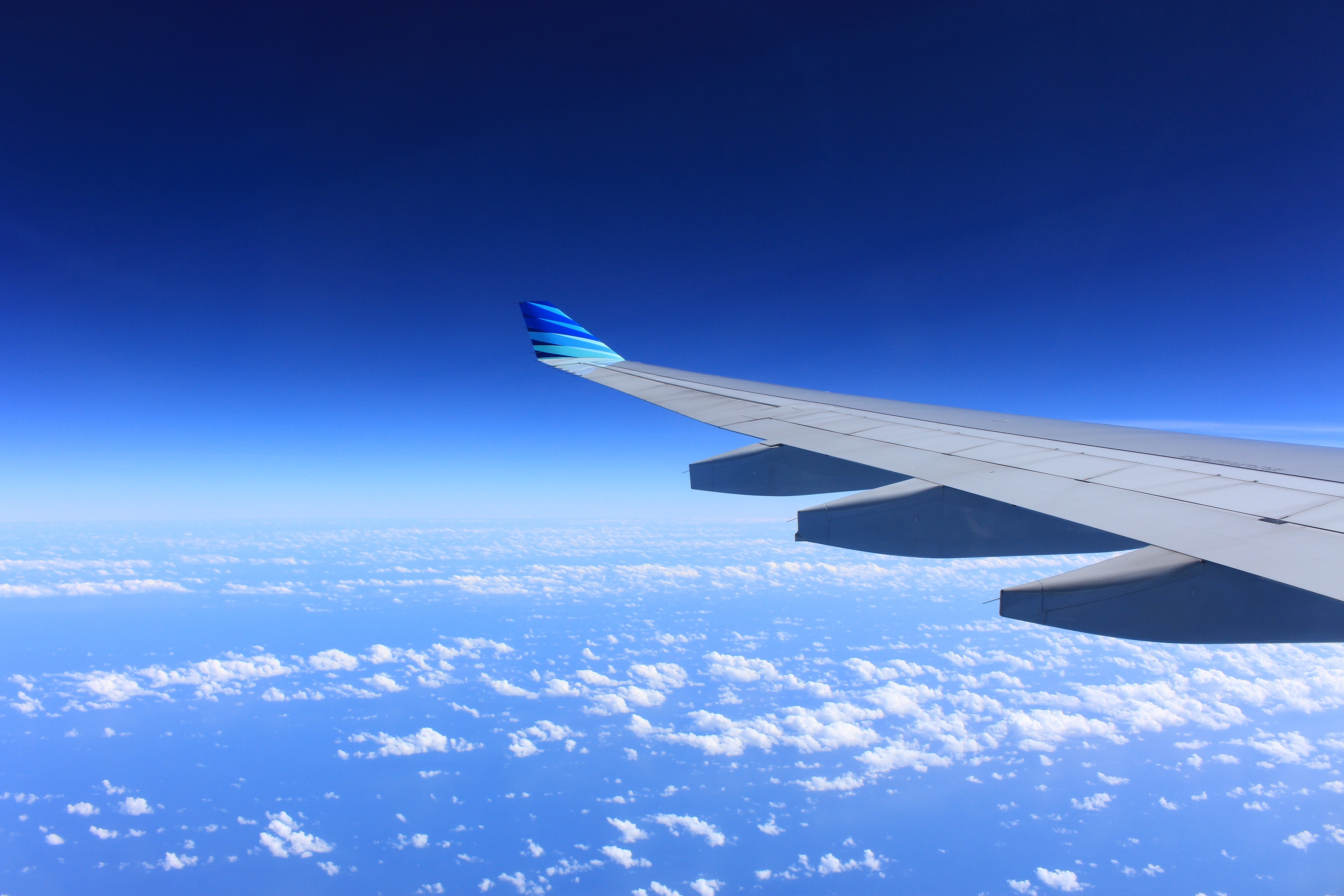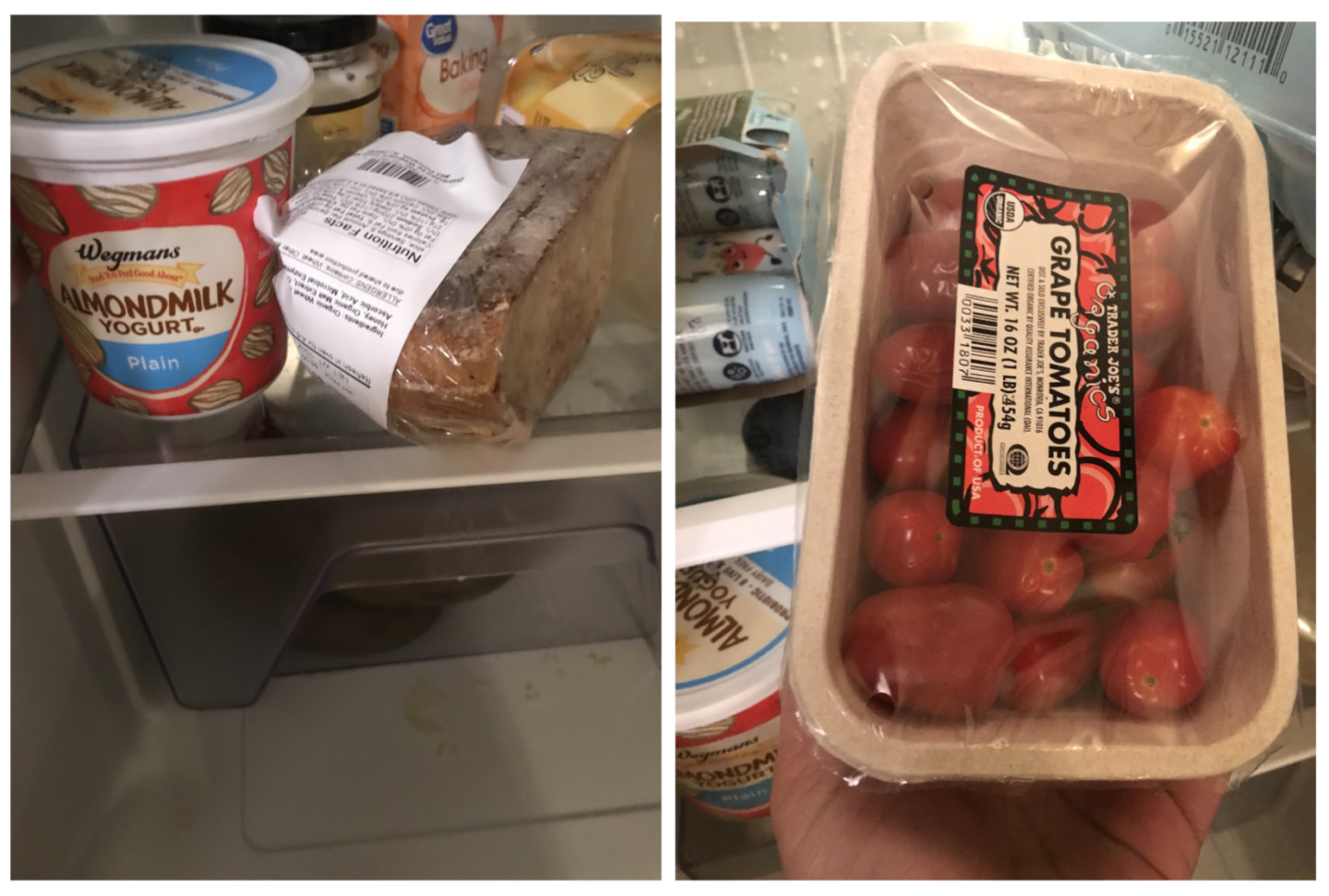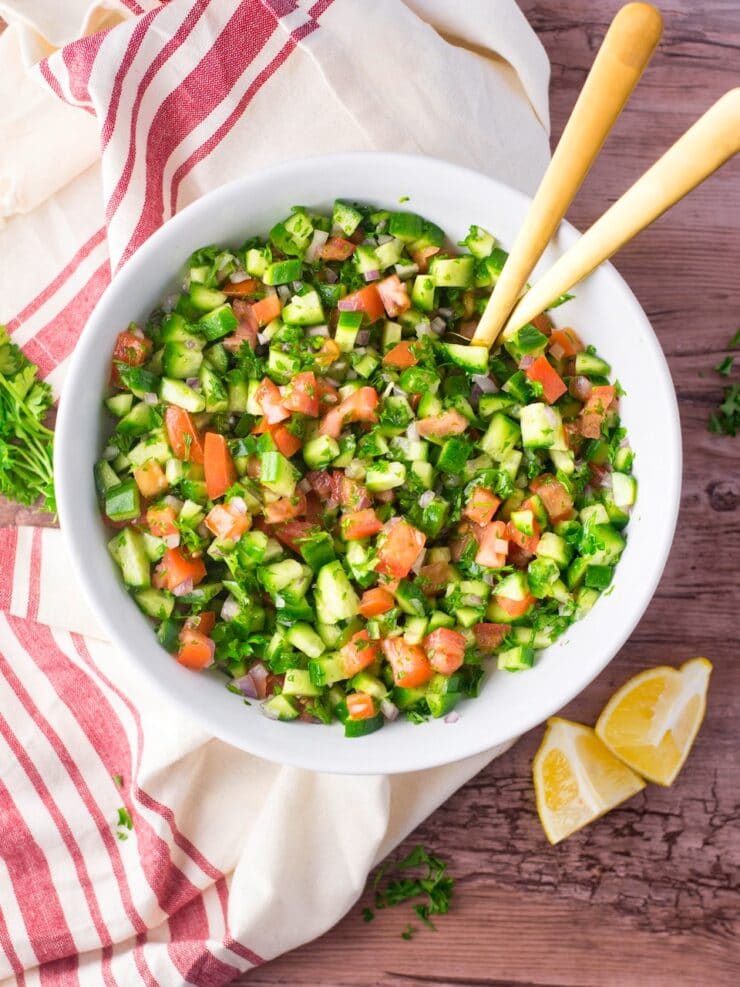Author: Adam Wickham ’22
Carbon emissions from air travel contribute to the disproportionate impact of carbon emissions from developed countries, at approximately 914 million metric tons of CO2 annually. Regardless, we figure most of you who don’t live in the beautiful state of New Jersey may want to travel home without spending money on an Uber. So here are some options for getting to the commercial airports in New Jersey, New York and Pennsylvania using public transportation. As you will see below, trips to New Jersey airports are the shortest.
New Jersey
Newark Liberty International Airport (EWR)
Total Cost = $21.25
Estimated Travel Time = 1 hour 15 minutes
Princeton Station ↔ Princeton Junction ↔ Newark Airport Station ↔ Airport
NJ Transit Dinky to NJ Transit N.E. Corridor to AirTrain
Total Fare is $21.25 (This includes the price of the AirTrain ticket)
Fare is payable by ticket in the NJ Transit mobile app or with a ticket from the vending machines located at the train stations
Trenton Airport (TTN)
Total Cost = $3.45
Estimated Travel Time = 1 hour to 1 hour and 30 minutes
Nassau Street/Palmer Square (Princeton) ↔ W State St at Calhoun Street (Trenton)
Take Bus 606 from Nassau Street to Trenton
W State St at Calhoun Street (Trenton) ↔ Airport
Take Bus 608 from Trenton to the Airport
Total Fare is $3.45
Fare is payable in exact change (Use $1 bills and coins)
New York
LaGuardia Airport (LGA)
Total Cost = $20.50
Estimated Travel Time = 2 hours and 45 minutes
FROM Princeton TO Manhattan:
Princeton Station ↔ Princeton Junction ↔ NY Penn Station
NJ Transit Dinky ↔ N.E. Corridor
Fare: $17.75
Fare is payable by ticket in the NJ Transit mobile app or with a ticket from the vending machines located at the train stations
FROM Manhattan to Queens:
34th Street Penn Station ↔ 74th Street Broadway – Roosevelt Avenue
MTA Subway
Take the Uptown/Queens-bound E subway train from the 8th Avenue side of Penn Station to Queens
Fare: $2.75 (Payable with MetroCard, OMNY Card or Tap with your phone or credit card)
FROM Queens to Airport
74th Street Broadway – Roosevelt Avenue ↔ Airport
Take Q70 Select Bus directly to the airport
Fare: Free transfer from subway (Validate the same method of payment as the subway before boarding the bus at the vending machine at the bus stop. Hold onto the receipt!)
JFK
Total Cost = $28.25 – $36.25
Estimated Travel Time = 2 hours and 35 minutes to 3 hours and 30 minutes (with LIRR); 3 hours and 15 minutes (with Subway)
FROM Princeton TO Manhattan:
Princeton Station ↔ Princeton Junction ↔ NY Penn Station
NJ Transit N.E. Corridor
Fare: $17.75
Fare is payable by ticket in the NJ Transit mobile app or with a ticket from the vending machine
FROM Manhattan TO Jamaica Station:
LIRR Option (Faster): Take Long Island Railroad (LIRR) to Jamaica Station
NY Penn Station ↔ Jamaica Station
LIRR: Any train going towards Jamaica
Get off the train at Jamaica Station
Fare: Weekday Peak $10.75; Weekday Off-Peak $7.75; All Weekend $4.50 (Select “CityTicket” from the LIRR Vending Machine);
Buy a ticket at the vending machine or with the MTA etix app
Subway Option (Cheaper): Take the Subway to Sutphin Blvd-Archer Av-JFK Airport
34th Street Penn Station ↔ Sutphin Blvd-Archer Av-JFK Airport
Take the Uptown/Queens-bound E subway train from the 8th Avenue side of Penn Station
Get off the train at Sutphin Blvd-Archer Av-JFK Airport and walk to the LIRR Jamaica Station
Fare: $2.75
Payable with MetroCard, OMNY Card or Tap with your phone or credit card
FROM Jamaica Station to the Airport:
Jamaica Station ↔ Airport
Transfer to AirTrain Red Line at Jamaica Station which will take you directly to the airport
Fare: $7.75
Fare is payable with Metrocard Only
Fill a Metrocard at the vending machine
Pennsylvania
Philadelphia International Airport (PHL)
Total Cost = $23.50
Estimated Travel Time = 2 hour and 20 minutes
FROM Princeton TO Trenton
Princeton Station ↔ Princeton Junction ↔ Trenton Transit Center
NJ Transit N.E. Corridor
Fare: $6.75
Fare is payable by ticket in the NJ Transit mobile app or with a ticket from the vending machine
FROM Trenton TO Philadelphia
Trenton Transit Center ↔ 30th Street Station
SEPTA Regional Rail Trenton Line
Fare: $9.25-$10.00
Purchase at ticket on board the train with cash or Buy a reloadable “Key Card” from the Ticket Office
FROM Philadelphia TO PHL Airport
30th Street Station ↔ Airport (Stops directly at each of the terminals)
SEPTA Regional Rail Airport Line
Fare: $6.75
Purchase ticket from the vending machine at the station
Or Buy a reloadable “Key Card” from the SEPTA ticket office
